In the quiet coastal town of Bognor Regis, West Sussex, an ordinary dog walk turned into an extraordinary journey through time. Twelve-year-old Rowan Brannon and his mother stumbled upon a piece of history that had lain hidden for nearly two millennia – a Roman gold bracelet dating back to the first century A.D. This serendipitous discovery serves as a reminder that fragments of our ancient past can surface in the most unexpected places and moments.
The gold cuff, initially mistaken for a modern trinket, has now been confirmed as a rare and significant artifact from Roman Britain. Its simple yet elegant design, believed to have been bestowed upon a man for military bravery, offers a tangible link to the Roman occupation of Britain. As this ancient treasure prepares to take its place in The Novium Museum in Chichester, it invites us to reflect on the hidden histories that surround us and the potential for everyday adventures to uncover remarkable connections to our past.
Unexpected Discoveries: The Story of Rowan Brannon’s Roman Gold Bracelet Find
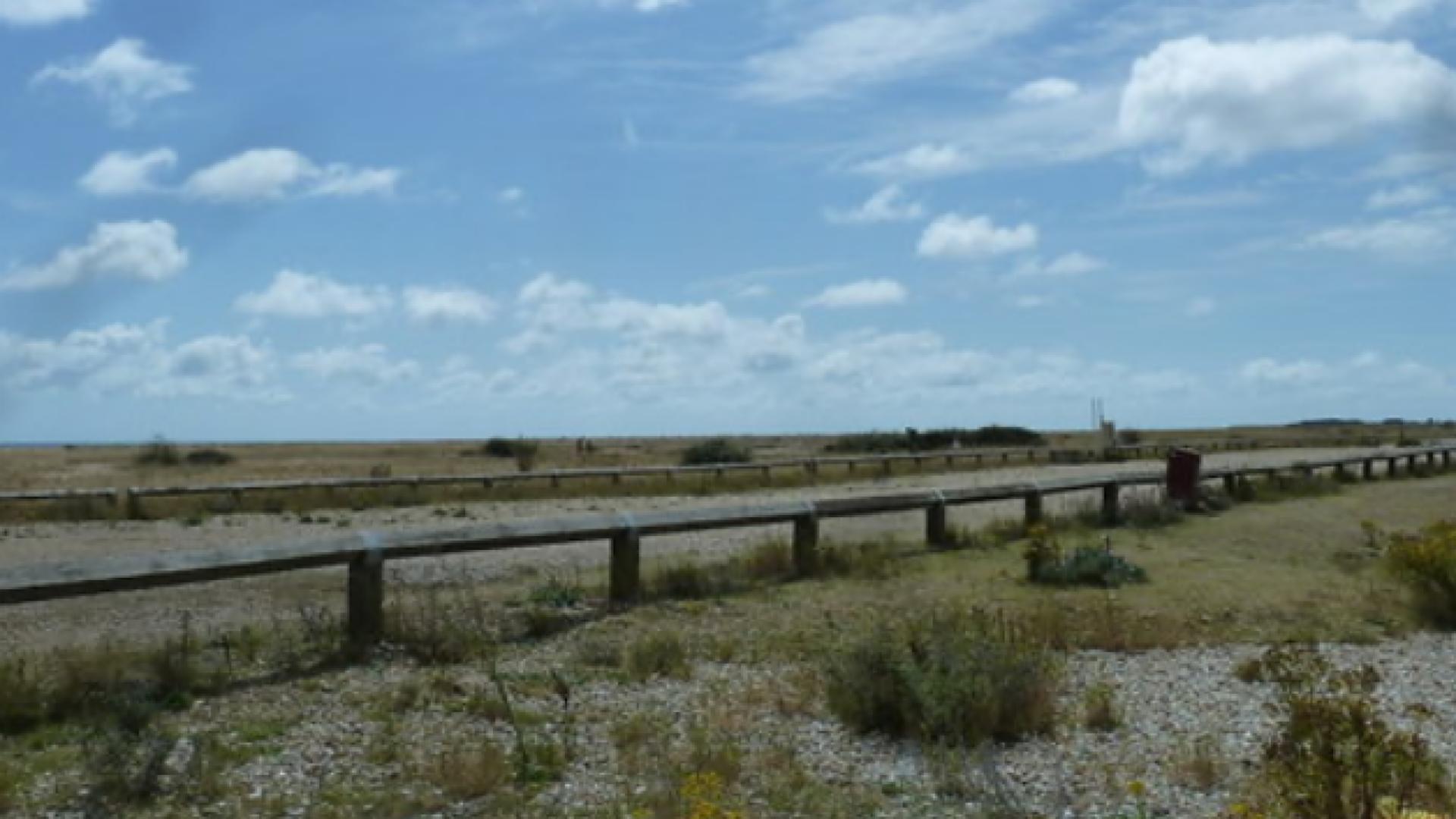
In 2022, a routine dog walk in Pagham, West Sussex, turned into an extraordinary archaeological discovery. Twelve-year-old Rowan Brannon and his mother stumbled upon a gold bracelet, unaware of its historical significance. This chance encounter highlights how ancient artifacts can surface in the most unexpected places and circumstances.
The family’s decision to report their find to a local liaison officer set in motion a chain of events leading to the bracelet’s identification as a rare Roman artifact. This story serves as a reminder of the potential for everyday citizens to contribute to our understanding of history and the importance of proper reporting of archaeological finds.
Ancient Roman Jewelry: Understanding the Significance of the Gold Cuff
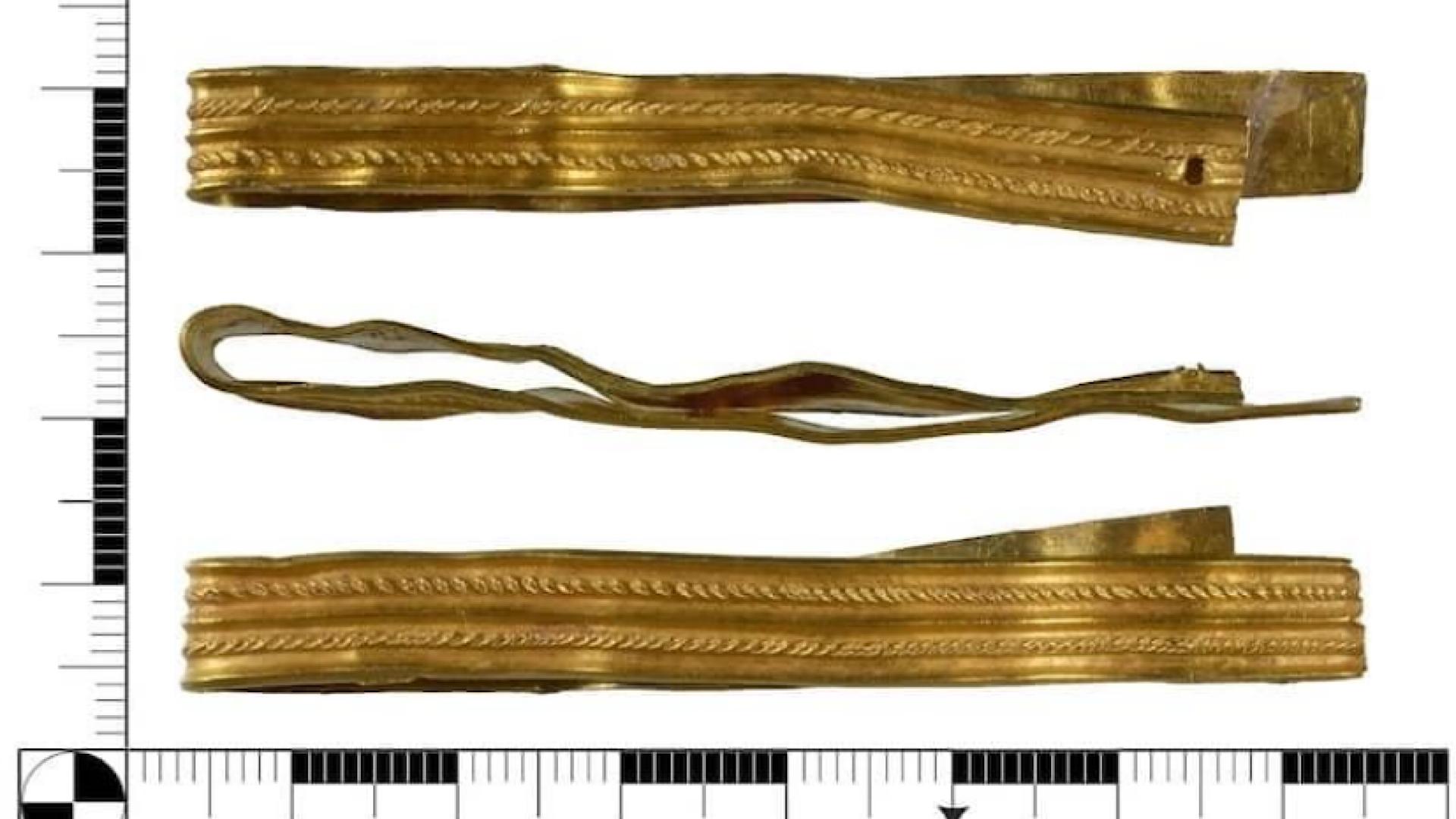
The gold cuff found in Pagham offers a tangible link to Roman Britain’s past. Dating back to the first century A.D., this simple yet elegant piece of jewelry provides insights into Roman craftsmanship and the use of precious metals in personal adornments during this period.
The bracelet’s design and material suggest it was likely a man’s possession, possibly awarded for military bravery. This connection to Roman military customs adds another layer of historical significance to the find. By studying such artifacts, archaeologists and historians can piece together a more comprehensive picture of Roman society, its values, and its practices in Britain nearly two millennia ago.
The Role of Finds Liaison Officers in Identifying and Preserving Historical Artifacts

Finds Liaison Officers play a crucial role in the preservation and study of archaeological discoveries made by the public. In the case of the Pagham gold bracelet, the local officer’s expertise was instrumental in recognizing the potential historical importance of the find and initiating further investigation.
These professionals serve as a vital link between amateur discoverers and the archaeological community. They not only help identify and record finds but also educate the public about the importance of reporting discoveries. Their work ensures that valuable historical artifacts are properly documented and, when appropriate, preserved in museums for future study and public appreciation.
Roman Military Rewards: Insights from the Pagham Gold Bracelet
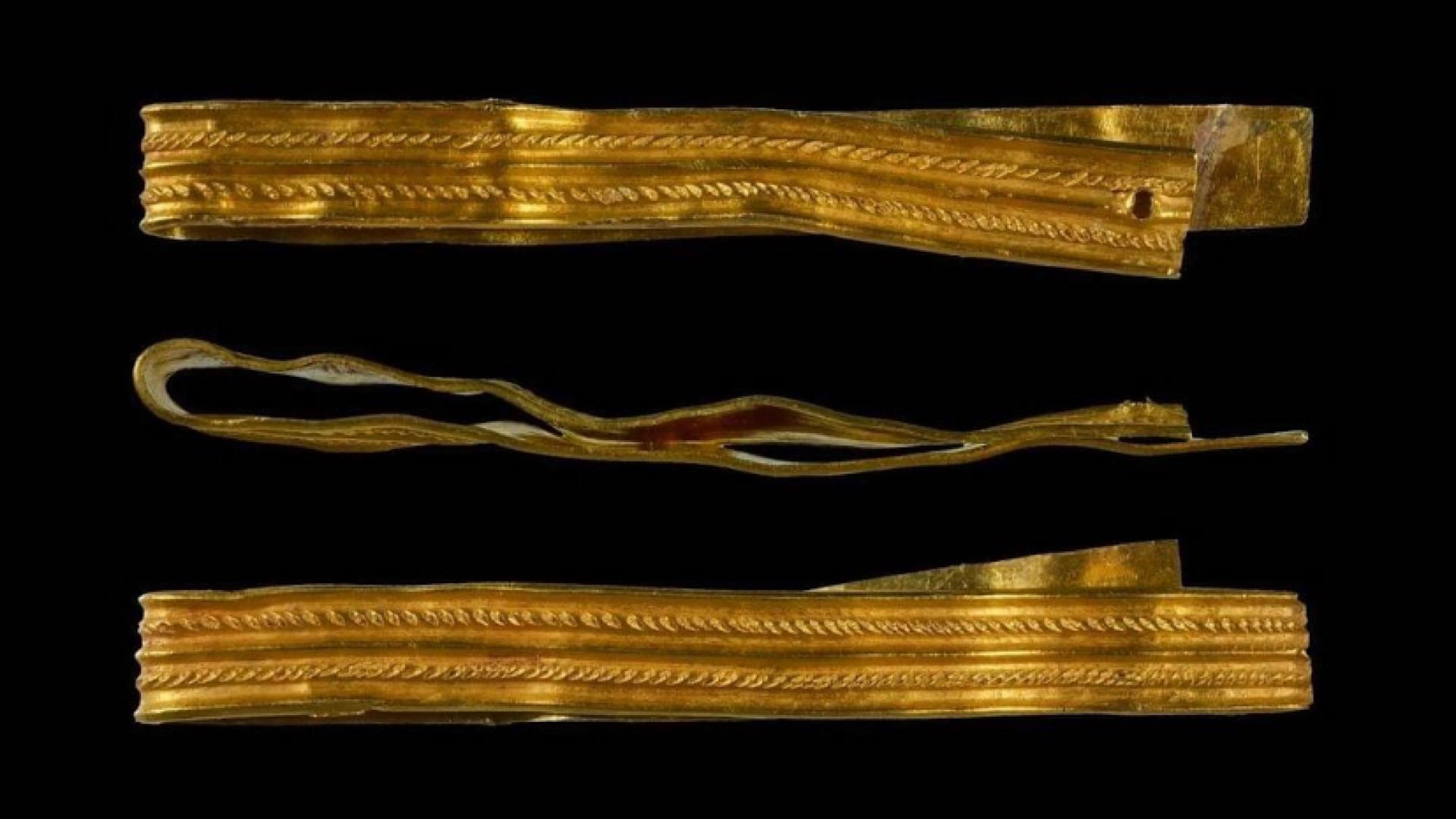
The gold cuff discovered in Pagham is believed to have been a military reward, offering a glimpse into the Roman system of recognizing and honoring soldiers. This practice of bestowing valuable items for bravery or exceptional service was an important aspect of maintaining morale and loyalty within the Roman military ranks.
The rarity of such gold artifacts from Roman Britain makes this find particularly significant. It provides tangible evidence of the presence of high-ranking or highly decorated Roman military personnel in the area. This, in turn, contributes to our understanding of the Roman occupation of Britain and the extent of their military influence in the region during the first century A.D.
The Rarity of Gold Artifacts from Roman Britain: Why This Find Matters
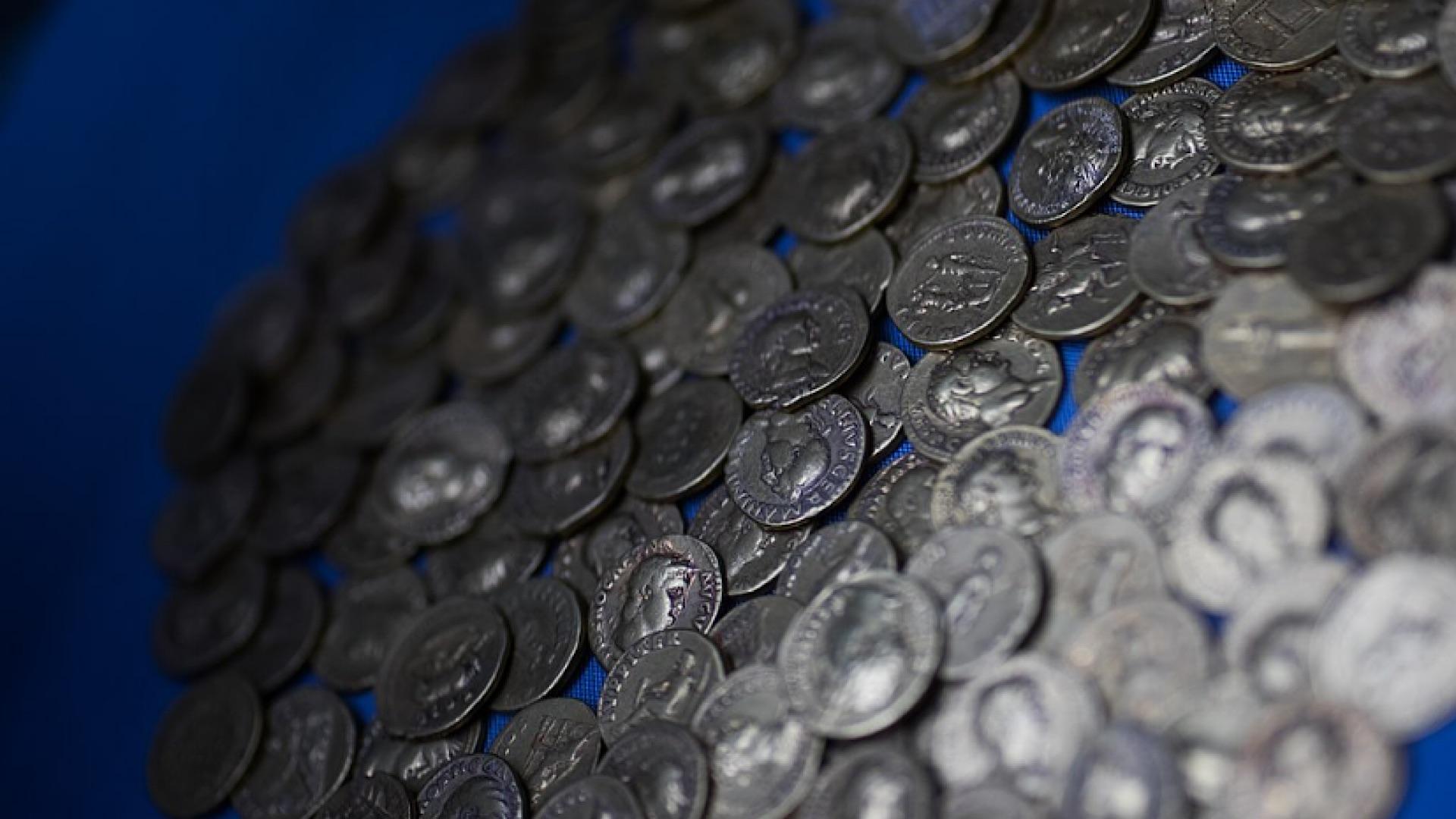
Gold artifacts from Roman Britain are relatively rare, making the Pagham bracelet discovery particularly significant. The scarcity of such items is partly due to the limited availability of gold in Roman Britain and the tendency for precious metals to be melted down and reused over time. This rarity enhances the bracelet’s historical and archaeological value.
The discovery of this gold cuff provides a unique opportunity for researchers to study Roman metalworking techniques and the quality of gold used in Britain during the first century A.D. It also offers insights into the economic status and trade connections of the region, as gold items were likely reserved for individuals of high rank or importance in Roman society.
The Novium Museum’s Acquisition: Enhancing Local Roman History Exhibits
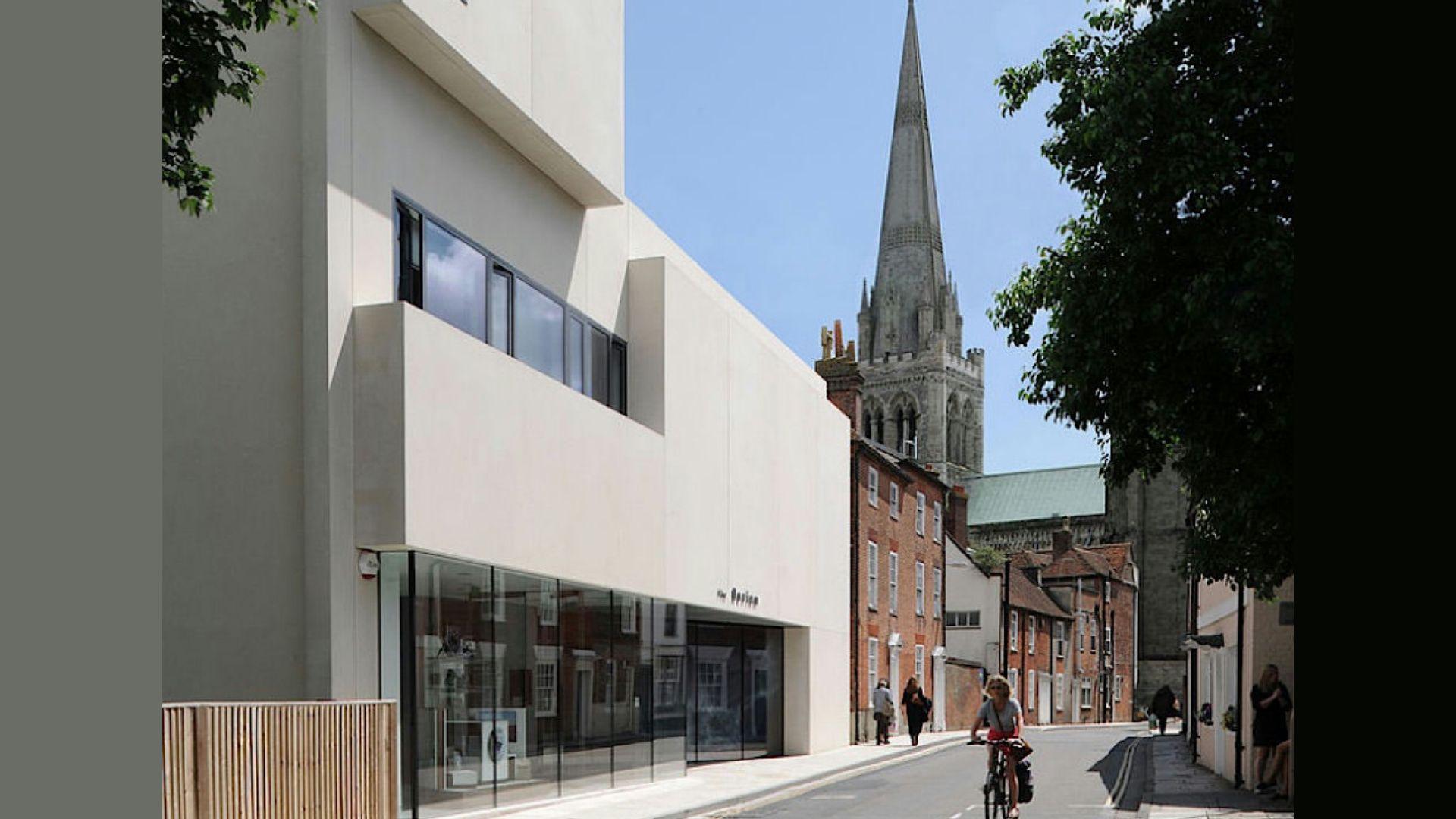
The acquisition of the Roman gold bracelet by The Novium Museum in Chichester represents a significant addition to its collection. This new artifact will allow the museum to expand its narrative of Roman life in the Chichester District, offering visitors a more comprehensive understanding of the area’s ancient history.
As Adrian Moss, leader of Chichester District Council, noted, the bracelet will provide insights into ancient practices, particularly regarding military attitudes and reward systems. By incorporating this piece into their permanent displays, the museum can create a more engaging and diverse representation of Roman times, connecting local history to the broader context of Roman Britain.
From Discovery to Display: The Journey of an Ancient Artifact to Museum Showcase
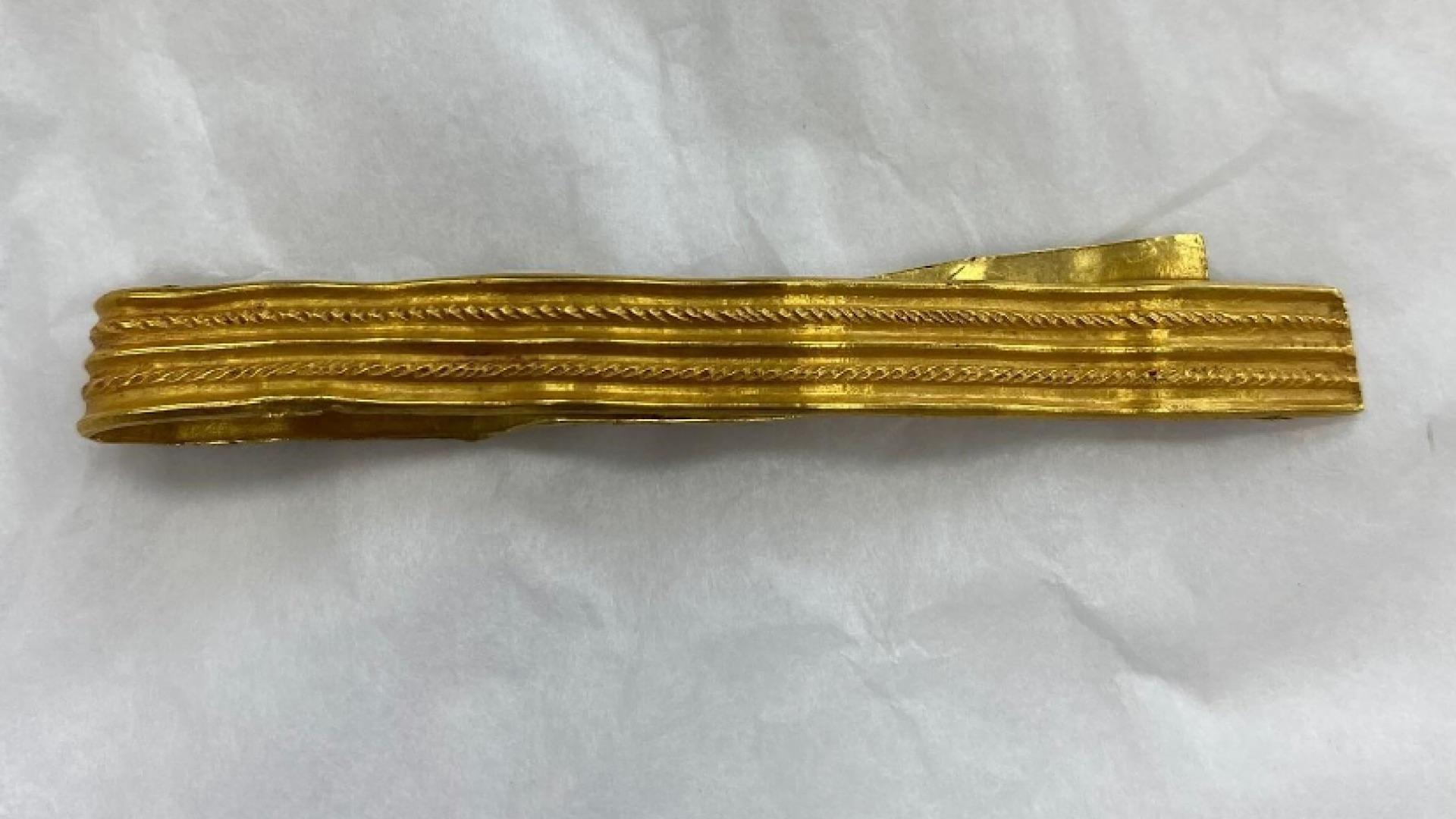
The journey of the Pagham gold bracelet from its discovery to its upcoming display at The Novium Museum illustrates the process of preserving and presenting archaeological finds. After its initial discovery, the bracelet underwent expert examination and dating to confirm its origin and significance.
Once acquired by the museum, the artifact likely underwent careful conservation to ensure its long-term preservation. The museum team then had to consider how best to integrate this new piece into their existing Roman exhibits, developing interpretive materials to explain its significance to visitors. This process demonstrates the collaborative effort between finders, experts, and museum professionals in bringing ancient history to the public.
Everyday Archaeology: How Ordinary People Contribute to Historical Research
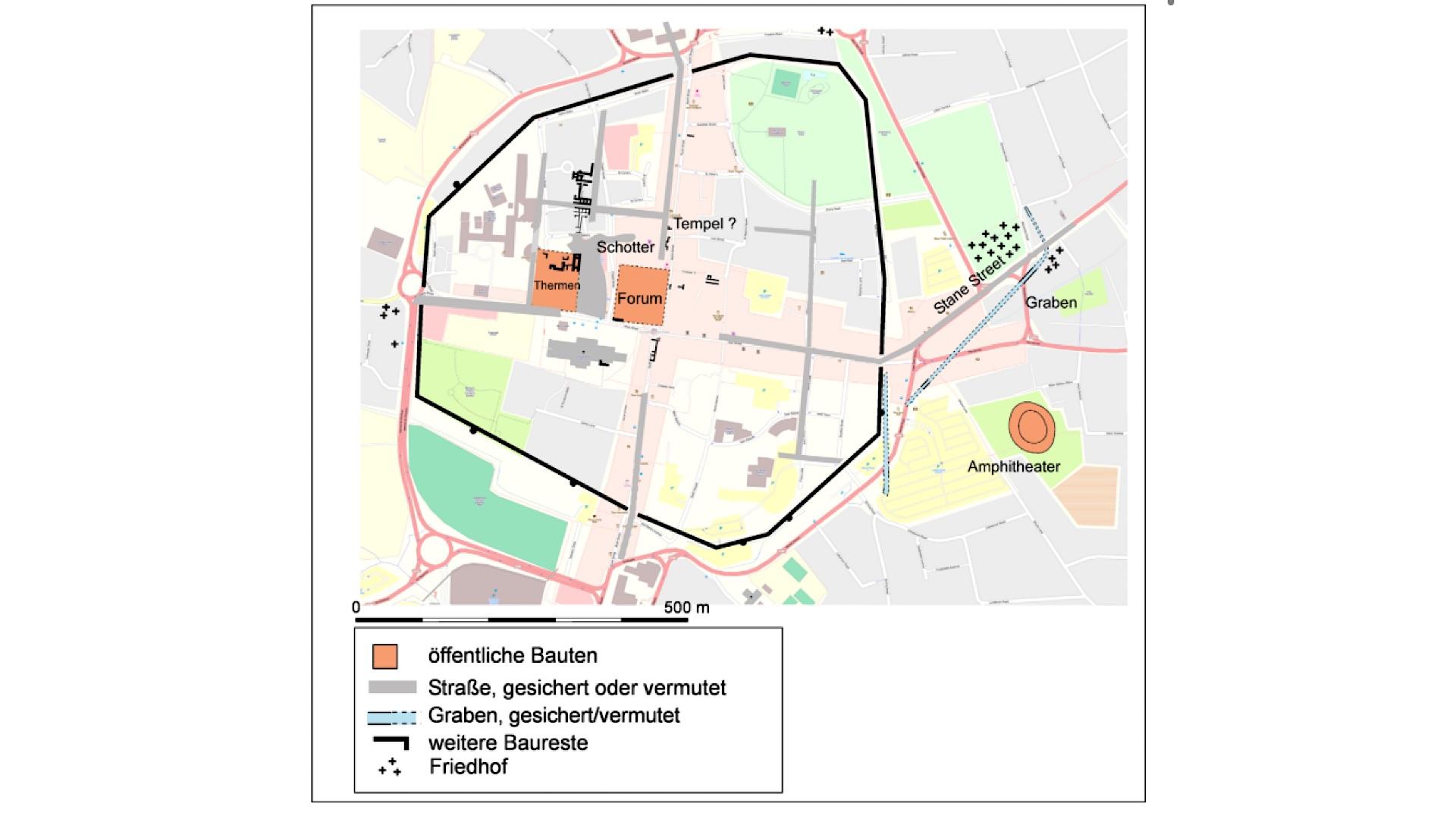
The discovery of the Roman gold bracelet by Rowan Brannon and his mother exemplifies the potential for ordinary citizens to make significant contributions to archaeological research. This chance find underscores the importance of public awareness and engagement in preserving our shared cultural heritage. It demonstrates that valuable historical artifacts can be found in everyday settings, not just at formal archaeological sites.
Such discoveries by members of the public often provide archaeologists with new data points and insights that might otherwise remain hidden. They can fill gaps in our understanding of historical patterns of settlement, trade, and cultural practices. The Pagham bracelet discovery serves as an inspiration for others to remain vigilant and report potential artifacts, highlighting the role every individual can play in uncovering and preserving history.
The Impact of Chance Finds on Our Understanding of Roman Life in Chichester District
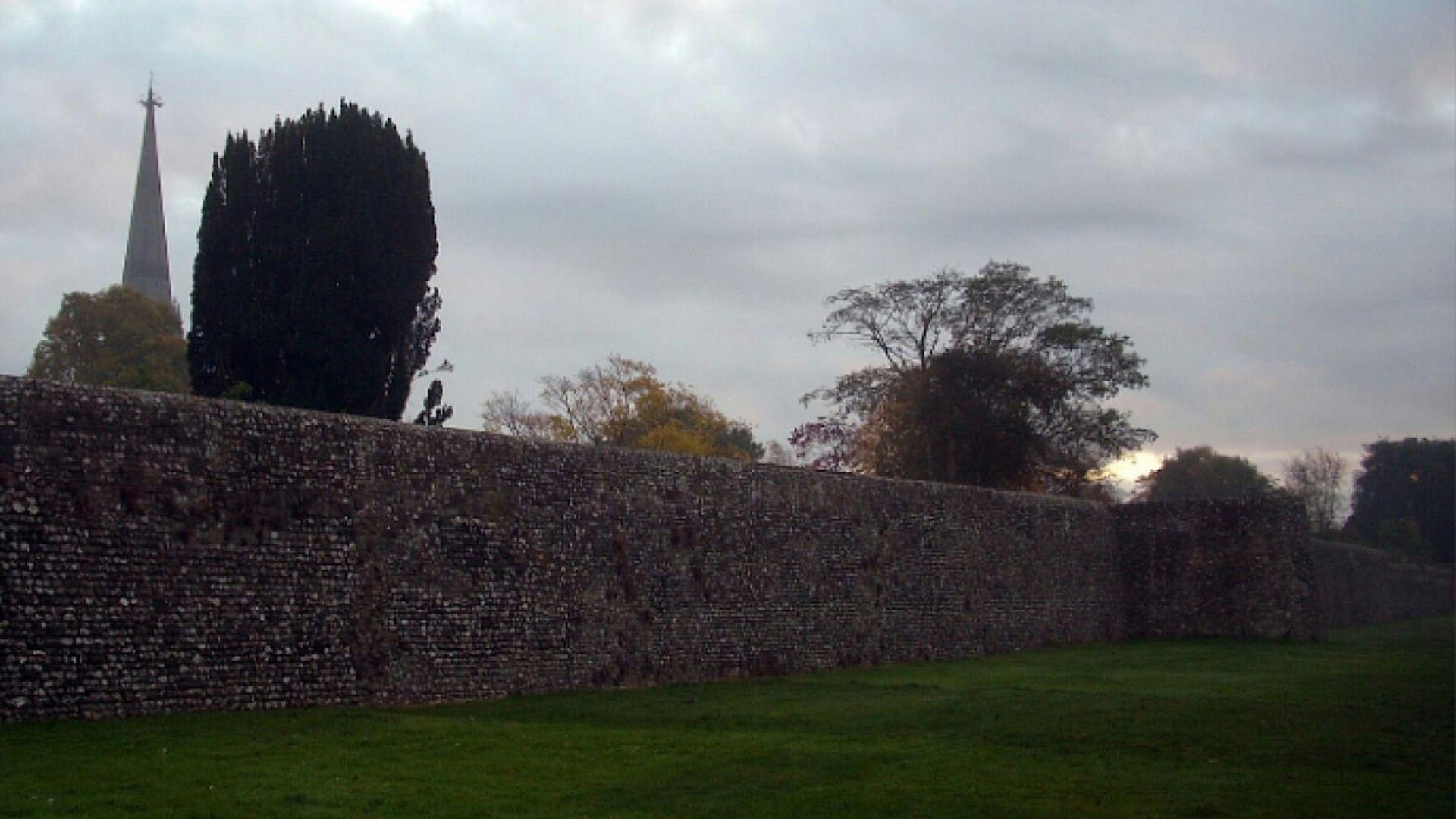
Chance finds like the Pagham gold bracelet can significantly impact our understanding of local history. For the Chichester District, this discovery provides tangible evidence of Roman military presence and the potential wealth or status of individuals in the area during the first century A.D. It adds a new dimension to the existing archaeological record of Roman Britain in this region.
Such unexpected discoveries often prompt researchers to reevaluate their assumptions about ancient societies. They can lead to new lines of inquiry about trade routes, military movements, or social structures in Roman Britain. The gold bracelet, in particular, may encourage archaeologists to look more closely at the potential for high-status Roman settlements or military encampments in the Pagham area, potentially reshaping our understanding of Roman activity in this part of West Sussex.

